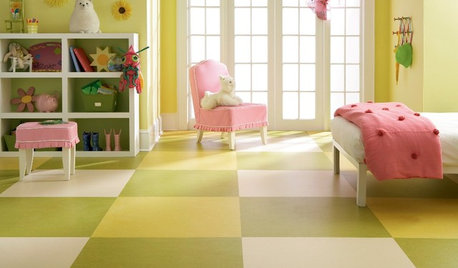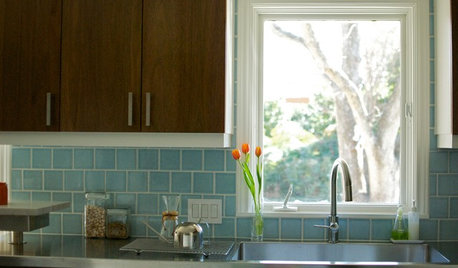Linoleum and asbestos
karinl
14 years ago
Featured Answer
Sort by:Oldest
Comments (18)
sombreuil_mongrel
14 years agolast modified: 9 years agoSaintPFLA
14 years agolast modified: 9 years agoRelated Professionals
Hammond Kitchen & Bathroom Designers · Knoxville Kitchen & Bathroom Designers · Newington Kitchen & Bathroom Designers · Owasso Kitchen & Bathroom Designers · Southbridge Kitchen & Bathroom Designers · Winton Kitchen & Bathroom Designers · Blasdell Kitchen & Bathroom Remodelers · Boca Raton Kitchen & Bathroom Remodelers · Chicago Ridge Kitchen & Bathroom Remodelers · Elk Grove Village Kitchen & Bathroom Remodelers · Las Vegas Kitchen & Bathroom Remodelers · Luling Kitchen & Bathroom Remodelers · Morgan Hill Kitchen & Bathroom Remodelers · Southampton Kitchen & Bathroom Remodelers · Brushy Creek Architects & Building DesignersStephen Costa
14 years agolast modified: 9 years agoSaintPFLA
14 years agolast modified: 9 years agosnoonyb
14 years agolast modified: 9 years agobrickeyee
14 years agolast modified: 9 years agokimkitchy
14 years agolast modified: 9 years agoSaintPFLA
14 years agolast modified: 9 years agosnoonyb
14 years agolast modified: 9 years agobrickeyee
14 years agolast modified: 9 years agosnoonyb
14 years agolast modified: 9 years agossjimbo
14 years agolast modified: 9 years agosnoonyb
14 years agolast modified: 9 years agotrancegemini_wa
14 years agolast modified: 9 years agokarinl
14 years agolast modified: 9 years agosnoonyb
14 years agolast modified: 9 years agobrickeyee
14 years agolast modified: 9 years ago
Related Stories

REMODELING GUIDESThe Case for Linoleum and Vinyl Floors
Have pets, kids and a tight budget? Easy-care resilient floors may be the choice for you
Full Story
HOUZZ TOURSHouzz Tour: New Love and a Fresh Start in a Midcentury Ranch House
A Nashville couple, both interior designers, fall for a neglected 1960 home. Their renovation story has a happy ending
Full Story
BASEMENTSBasement of the Week: Warm Modernism in a Notable 1930s Home
Wood, leather and warm browns give the basement in this Keck and Keck home in Chicago an inviting air
Full Story
REMODELING GUIDESContractor Tips: Finish Your Basement the Right Way
Go underground for the great room your home has been missing. Just make sure you consider these elements of finished basement design
Full Story
DECORATING GUIDES11 Tricks to Make a Ceiling Look Higher
More visual height is no stretch when you pick the right furniture, paint and lighting
Full Story
KITCHEN DESIGNKitchen of the Week: Practical, Budget-Friendly Beauty in Dallas
One month and a $25,000 budget — see how a Texas homeowner modernized her kitchen beautifully working with those remodeling constraints
Full Story
KITCHEN DESIGN9 Flooring Types for a Charming Country Kitchen
For hardiness and a homespun country look, consider these kitchen floor choices beyond brand-new wood
Full Story
KITCHEN CABINETSKeeping Cabinet Color on the Down Low
Give just base cabinets a colorful coat for a kitchen sporting character and a spacious look
Full Story
KITCHEN DESIGNEcofriendly Kitchen: How to Choose Flooring
Conserve natural resources and your long-term finances by choosing kitchen flooring materials with durability and beauty
Full Story
REMODELING GUIDESLaminate Floors: Get the Look of Wood (and More) for Less
See what goes into laminate flooring and why you just might want to choose it
Full StoryMore Discussions









trancegemini_wa